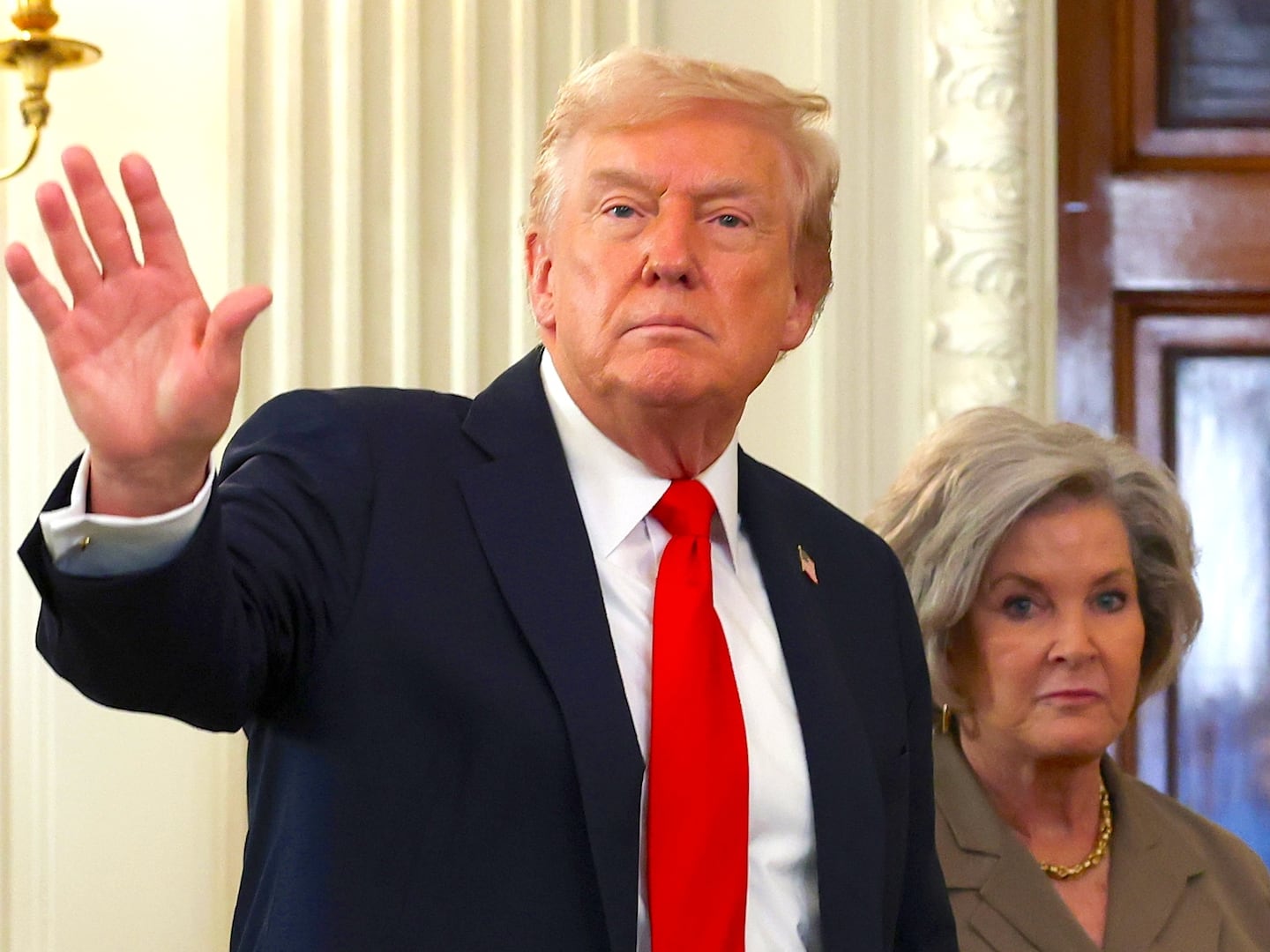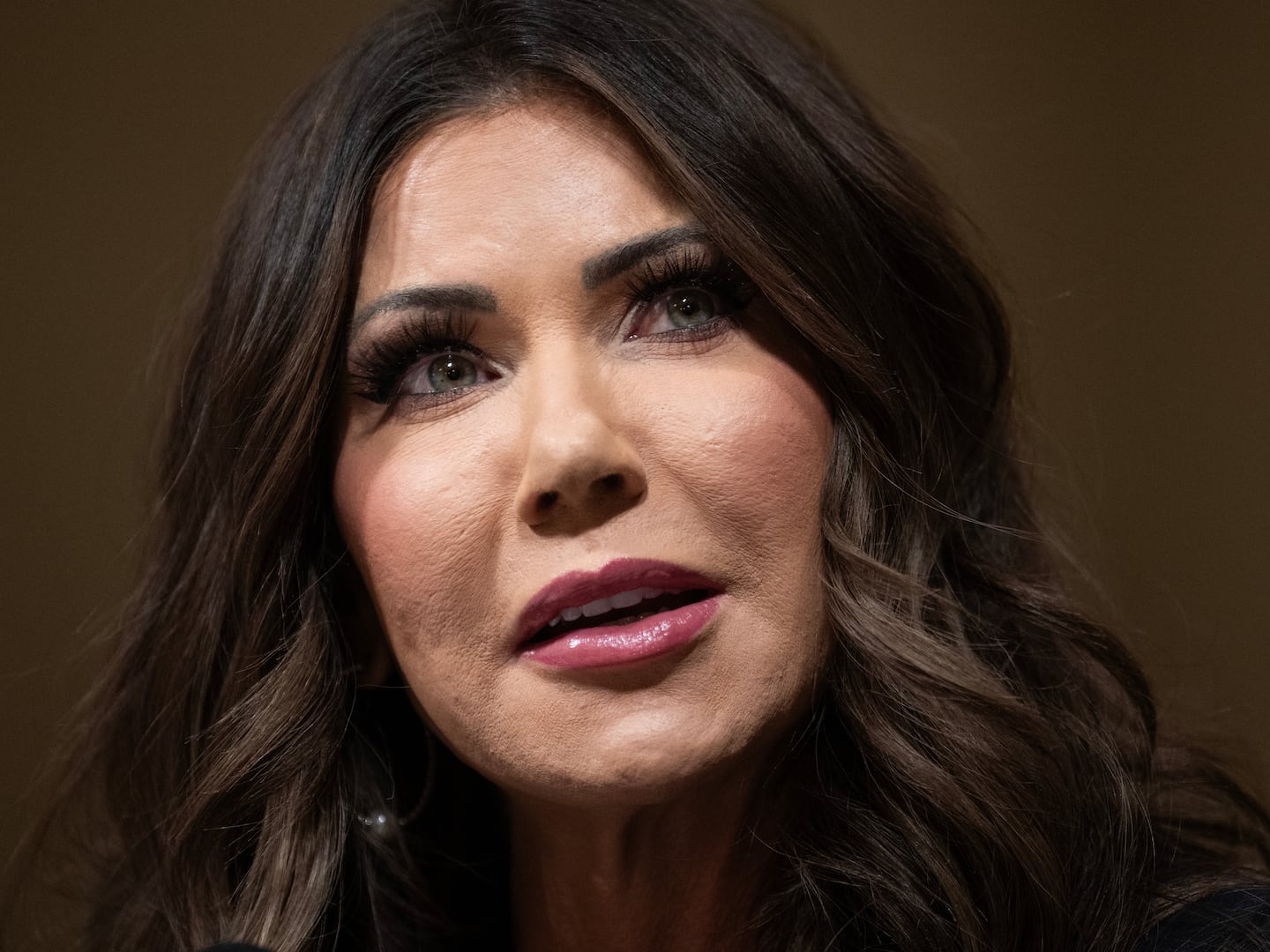In the spirit of the popular rallying cry, “The South Will Rise Again,” the Sons of Confederate Veterans (SCV) recently announced that they would spend $5 million on a 17,000 square-foot museum to be built in Elm Springs, Tennessee, the location of their national headquarters. The announcement comes amidst the most sustained assault on Confederate iconography, including monuments and battle flags as well as the grand opening of the National Museum of African American History and Culture in Washington, D.C. “At the completion of this museum,” according to Lieut. Commander Paul Gramling, “it will be out of the reach of the long arm of political correctness. This will be ours.”
The SCV failed to point out, however, that there is already a museum devoted to the Confederacy located in its former capital of Richmond, Virginia. It is also a museum that many SCV members now largely reject as having distorted the history of the Confederacy and the South and betrayed the men and women who sacrificed in its name.
What eventually became known as the Museum of the Confederacy opened its doors in 1896 as the Confederate Museum. Organized by the Confederate Memorial Literary Society and staffed entirely by women—many of whom had been involved in commemorative activities going back to the end of the war—the museum preserved important artifacts within the walls of President Jefferson Davis’s former executive mansion, including the Great Seal of the Confederate States of America. The mansion’s rooms were divided between the former Confederate states, including Maryland, Kentucky, and Missouri, which never formally seceded from the United States. Prominent widows and daughters of Confederate leaders, such as Winnie and Varina Davis, served as regents and vice-regents for individual rooms and functioned as living reminders of the war.
Display cases were crammed with artifacts and artworks with few identifying labels and no attempt at interpretation. Many simply assumed that the objects spoke for themselves as evidence of unfettered bravery and sacrifice on both the home front and the battlefield and the unquestioned loyalty of its slave population. In addition to monument dedications and veterans’ reunions, the museum united white Southerners through the Jim Crow era of the early 20th century and served both veterans and their descendants in the newly formed Sons of Confederate Veterans, who viewed it as a bastion of “true history” and as a shrine to the Lost Cause.
Financial and structural concerns forced the organization to undergo a self-assessment in the early ’60s at the height of the Civil Rights movement and Civil War centennial. A professional executive director was brought in and funds were raised for a new museum, which in 1970 was re-named The Museum of the Confederacy. A later executive director described the shift behind the name change and new building: “We are the museum of the Confederacy, not for the Confederacy.”
This reorientation toward a more professional interpretation of the Confederacy and the South occurred during a resurgence of interest at museums and historic sites in the African-American experience coming out of the ’60s. Colonial Williamsburg took the lead by focusing exhibits on the “other half” of its population and in 1979 introduced the first black re-enactors to its homes and streets and challenged visitors with recreations of slave auctions. Other sites followed, such as Carter’s Grove and Monticello.
Major exhibits in the ’80s, supported in part by the National Endowment for the Humanities and built on firm academic ground, pushed the MOC further away from its original mission and sowed the seeds of discontent among SCV members and others, even though they continued to support the museum and hold annual events on site. The debut of “Before Freedom Came” in 1991 earned the MOC national acclaim owing to its comprehensive examination of slavery complete with leg irons and photograph of a slave whose back revealed the work of his master’s whip. Most importantly, the exhibit reinforced that slavery was “a key aspect of secession, the creation of the Confederacy and the Civil War.”
The exhibit traveled to the National Afro-American Museum and Cultural Center in Wilberforce, Ohio, and the museum witnessed a sharp interest in visitation, including African Americans. The first African American was added to the board of trustees in 1991. Not everyone in Richmond’s black community and beyond was pleased with these steps. One local activist argued, “This is sort of like [if] the Museum of the Holocaust was located in some Nazi shrine.” For others the name of the museum itself proved to be an obstacle.
The growing rift between the MOC and SCV emerged for all to see in 2007 as the museum contemplated a name change and a move to Lexington, Virginia to escape declining visitation owing to urban sprawl. Their own internal survey revealed that the word “Confederacy” carries “enormous, intransigent, and negative intellectual baggage with many.” “For them, Confederacy, and by association, the Museum of the Confederacy,” the report went on to note, “now symbolizes racism.” Brag Bowling, former past commander with the Sons of Confederate Veterans, called the potential renaming an “abomination” and a “failure of leadership from the top down at the museum.” Another SCV member suggested that “a few left-wing ideologues… want to rewrite the history of the entire war to say that the South was evil.” People who come there, come to see the relics of the South,” he said. “They don’t want another politically correct watered-down museum that does not give hard viewpoints.”
The MOC kept its name, but remained in the SCV’s crosshairs after opening a satellite site at Appomattox in 2012 and refusing to fly the Confederate battle flag in front of the building along its “Reunification Promenade.” During the opening ceremony a plane flew overhead bearing a Confederate battle flag and a banner that read, “Reunification by bayonet SCV 1896.” Former SCV commander-in-chief Michael Givens characterized the decision as part of “a turn away from the historically correct and toward the politically correct.” The situation deteriorated further when it was learned that the Appomattox museum included a life-size cut out of Ru Paul wearing a Confederate flag dress as part of an exhibit on the history and memory of the battle flag. All of these protests overlooked the fact that the MOC preserves and exhibits the largest collection of wartime battle flags.
For many in the SCV the final insult came in 2013 when the MOC merged with Richmond’s American Civil War Museum at Historic Tredegar, along the James River. In addition to fears that the MOC might lose its identity, its new partner was already saddled with accusations of being “politically correct” owing to its expansive interpretation of the Civil War from multiple perspectives. The agreement also resulted in a co-CEO leadership structure represented by Waite Rawls III of the MOC, a descendant of Confederate soldiers, and Christy Coleman, the first African American president of the American Civil War Museum, who worked previously at Colonial Williamsburg. Heritage Defense Coordinator for the Virginia SCV, Frank Earnest, announced that his organization was prepared “to go to war” to prevent the merger.
The MOC’s new partnership has placed it on a promising path that will allow it to reach a public eager to understand our nation’s civil war and its continued impact on our society. On the other hand, the SCV’s new museum complex will serve as a refuge for the dwindling number of people who hold tightly to a romanticized view of slavery and the Confederacy in a cause that Ulysses S. Grant correctly referred to in his personal memoir as “one of the worst for which a people ever fought, and one for which there was the least excuse.”
Kevin M. Levin is a historian and educator based in Boston. He is the author of Remembering the Battle of the Crater: War as Murder (2012) and is currently at work on Searching For Black Confederate Soldiers: The Civil War’s Most Persistent Myth for the University of North Carolina Press. You can find him online at Civil War Memory and Twitter @kevinlevin.






